

After much arm twisting and patience, I finally got our low stress livestock handler and friend, Whit, to write Teddy's story. Teddy was the blue roan yearling colt with the band of ten that Whit and I walked out of the Park in the only successful low stress roundup of wild horses ever attempted in TRNP. Thanks, Whit! (Oh, by the way, Whit did all the work; I just got to ride along :)
If you have not read Whisper's story written on this blog in September of 2008, you might want to read it to get the whole story about that low stress roundup. Teddy is Whisper's half brother and is pictured in that story.
Below is Teddy's story, written by Whit Hibbard
In May of 2008, I taught a short-course on low-stress livestock handling at Theodore Roosevelt National Park at the request of the superintendent. As part of my visit I agreed to test the principles and techniques that I taught, on the Campground Band, which the park wanted to cull.
The day after the class I went out with Marylu Weber as my photo-documentarian. Using principles and techniques of low-stress livestock handling, we easily walked the band into a portable holding pen, then loaded the horses in trailers for transport and safekeeping at the park's animal handling facility until a public auction in Dickinson.
While the horses were in the portable holding pen, I stood on the outside to get the horses accustomed to me, and a blue roan colt walked up and sniffed my outreached hand. Observing this, Marylu said, "I think you ought to buy that colt; you have him half gentled already!" In anticipation of what a time commitment it would be for me to properly care for and train the horse with my already overloaded ranch work schedule, I replied, " I think that's a dangerous idea!" Over the next few days, however, I couldn't get the idea that Marylu had planted out of my head. The truth of the matter is that I had very mixed emotions about capturing this band. On the one hand, I was elated that the principles and techniques of low-stress livestock handling had worked so well and that the horses were walked in and loaded into trailers willingly and calmly. On the other hand, I had some pangs of remorse for what I'd done, knowing that I had ripped the horses out of their native environment and drastically changed each of their lives, and some probably for the worse. At that point I decided that Marylu's suggestion was a good one and decided to buy the blue roan colt so that at least one of the horses would have a good home.
I bought "Teddy" at the public auction, shipped him home to my family's ranch in Montana, spent the next several months gentling him and gaining his trust, and engaging the services of a first-class trainer in the Californios tradition, Mike Goyins, to help me with Teddy's training. (Mike pictured riding Teddy) I mentioned to Mike that I would like to take Teddy all the way through the bridle horse stage and thought that we should make a DVD of the five year process and call it, "From Wild Horse to Bridle Horse." Mike's eyes lit up and he said, "I'm on board!"
So, as a yearling we handled Teddy a lot and went through the basic ground work. As a two year old, we reviewed all prior lessons, added a few more, and road him twice with the halter. This coming summer, 2010, we will get him in a snaffle bridle and his real education will begin, the bulk of which will be in the process of doing a job-working cattle.
Both Mike and I are exceptionally impressed with Teddy. He is smart, curious, and a willing learner. We both believe that he will make a fine bridle and ranch horse.


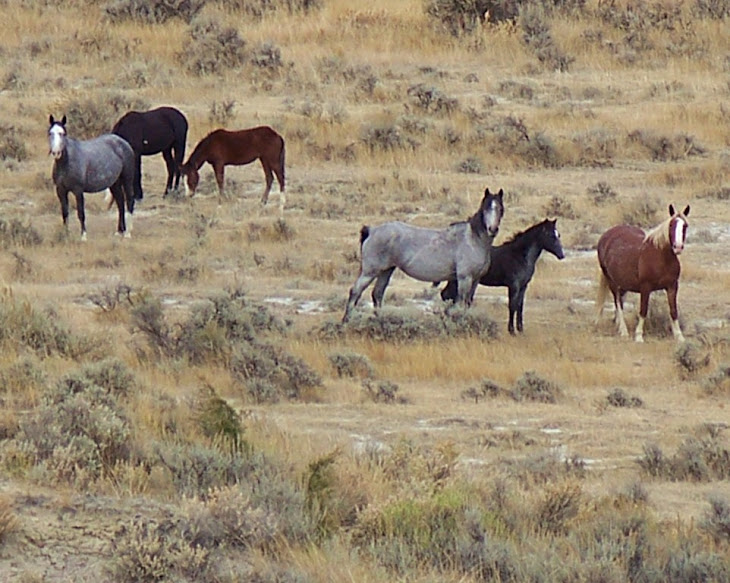
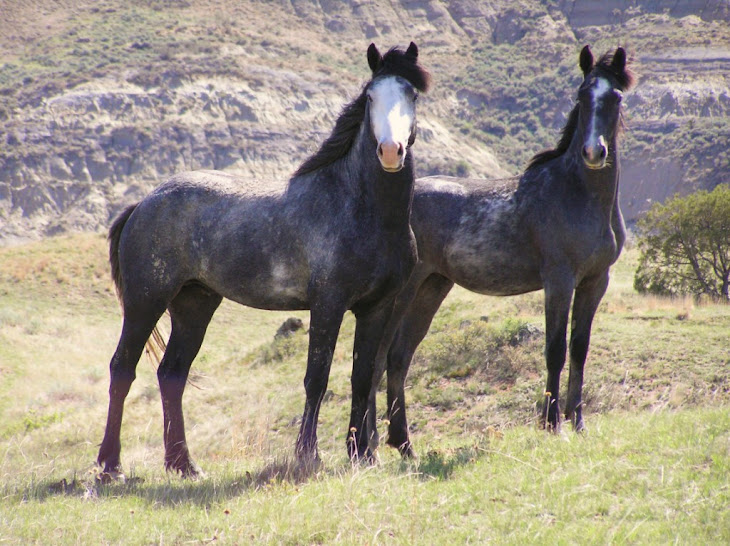









































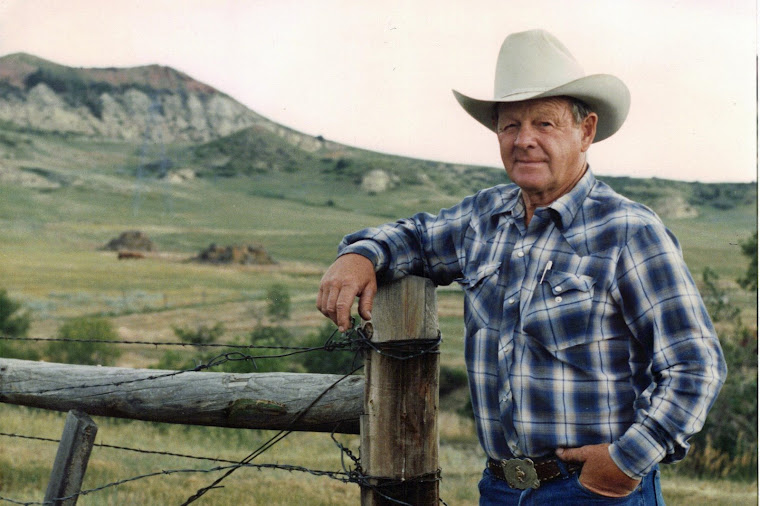






































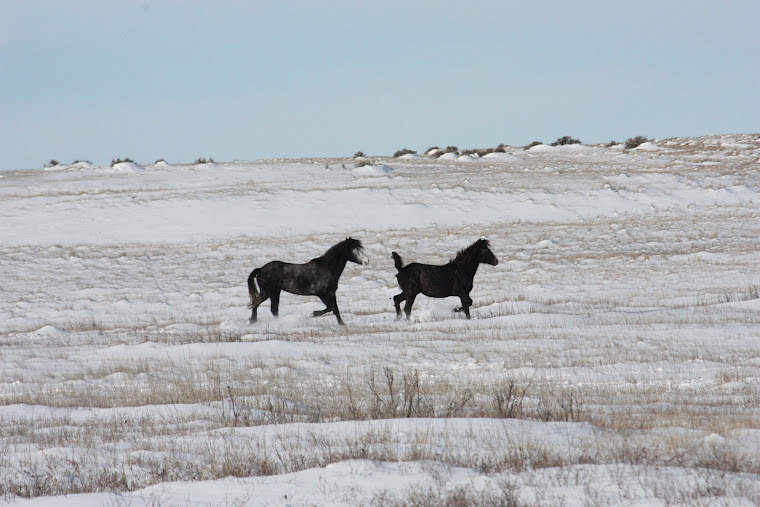
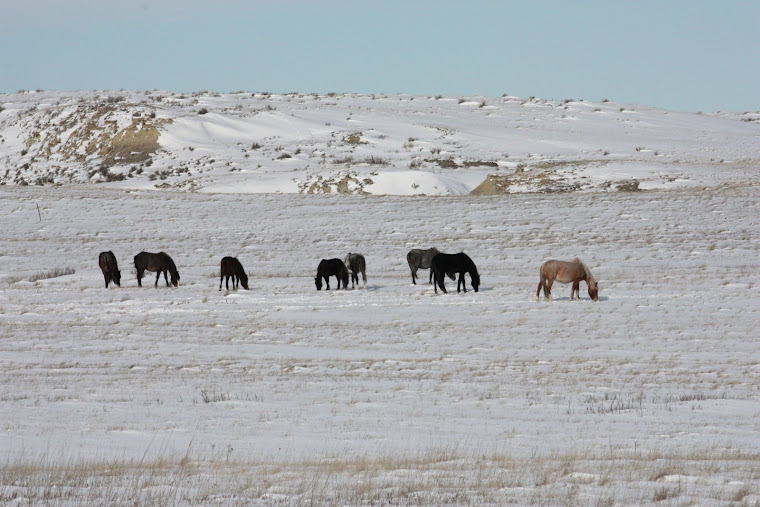
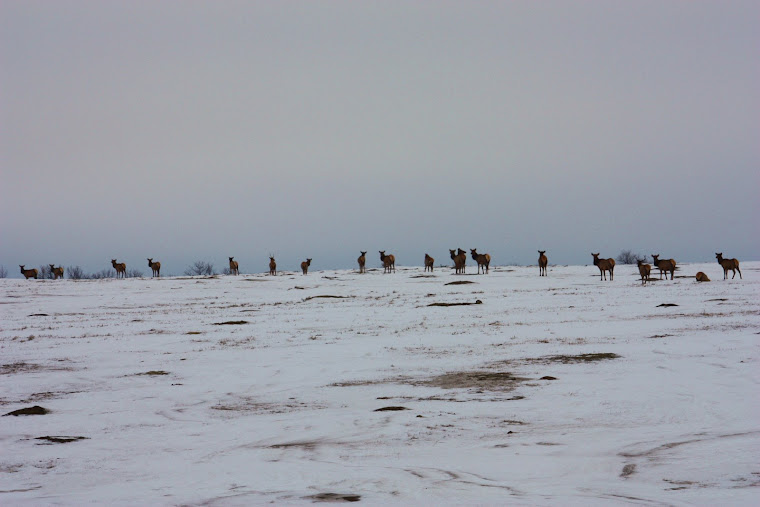





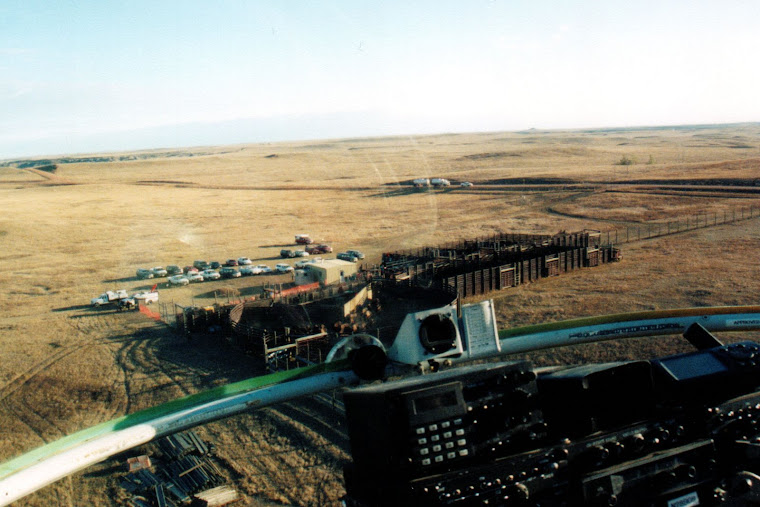
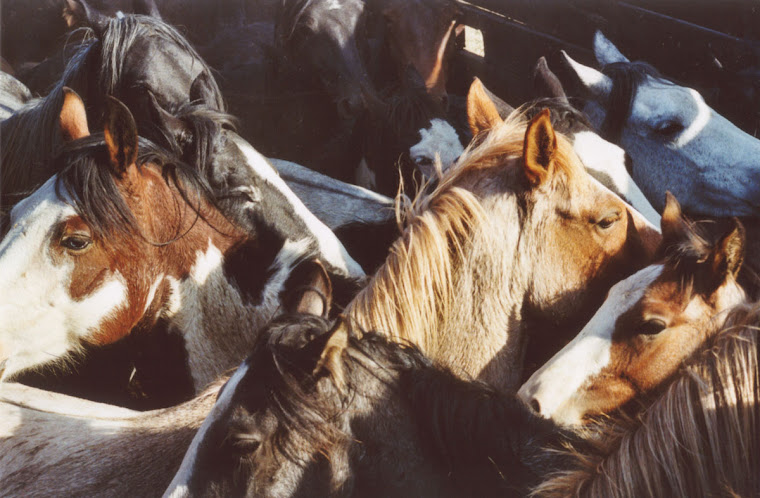
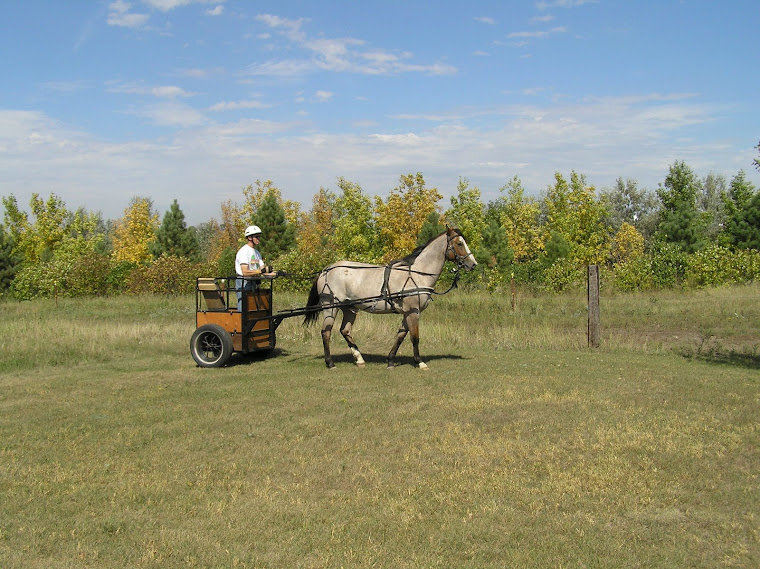


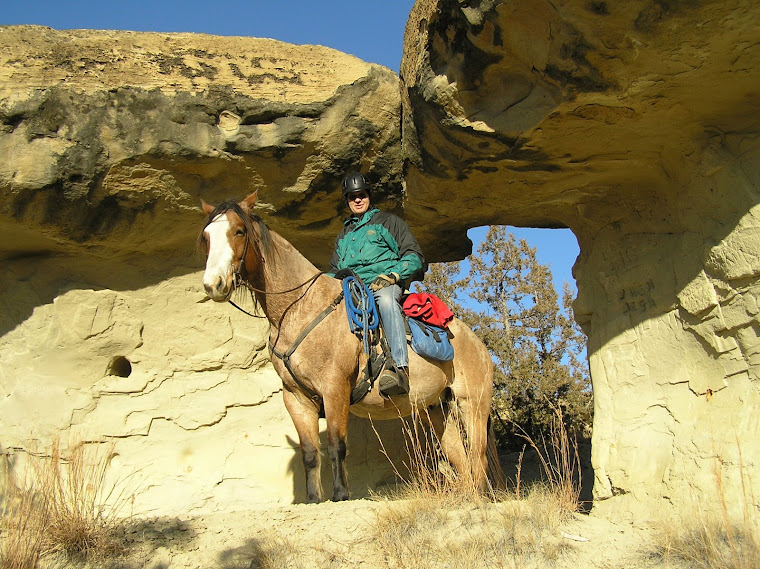



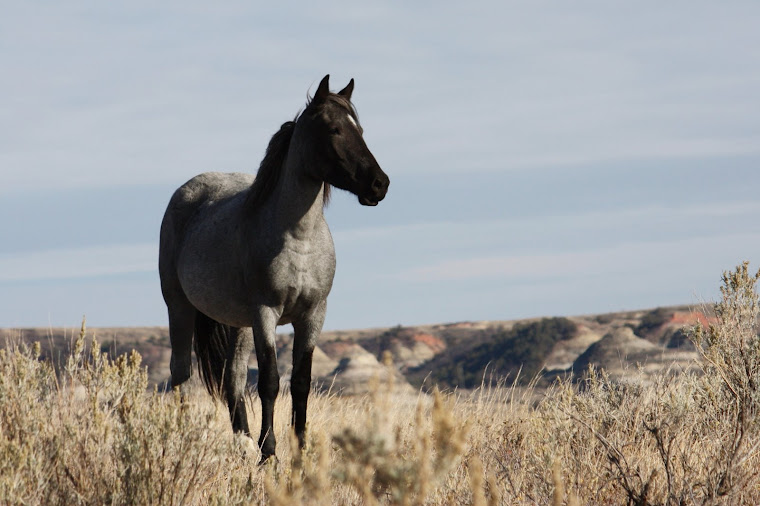


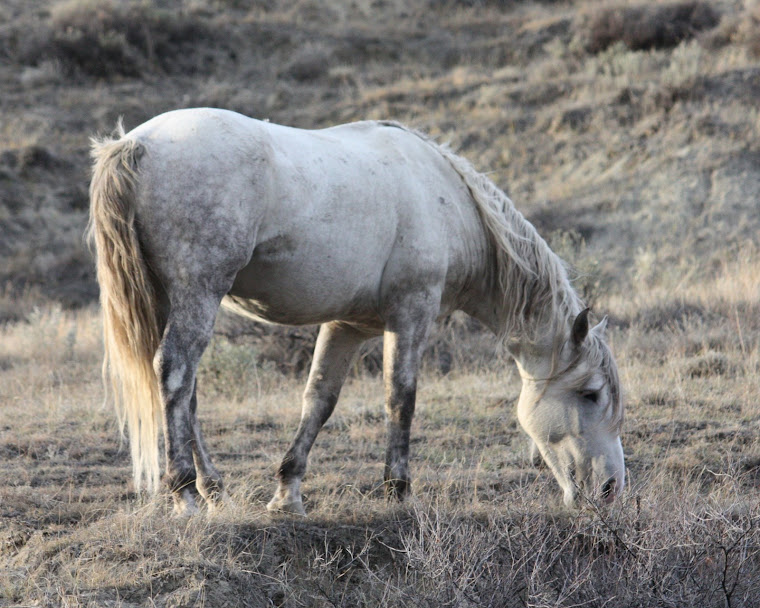
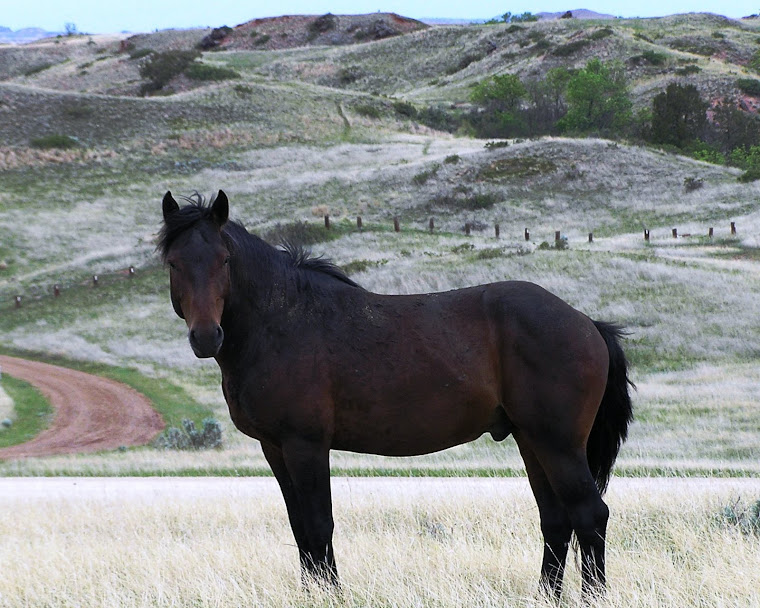

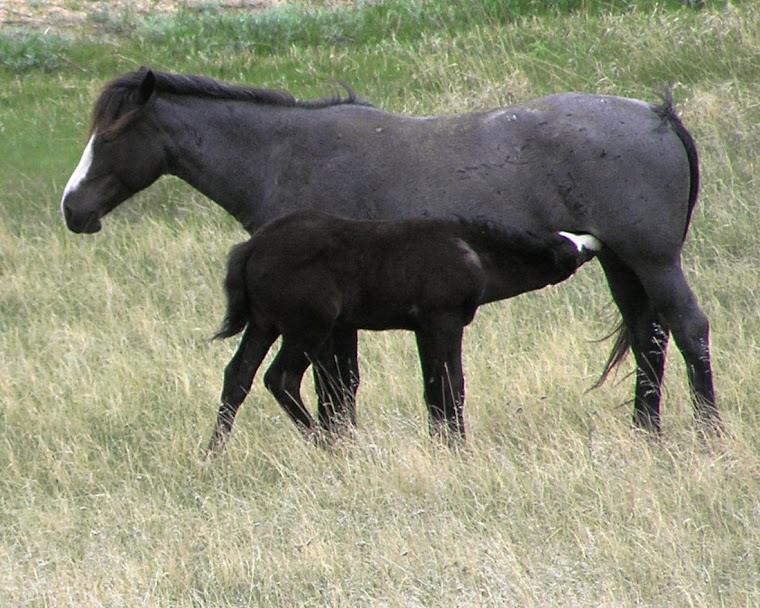
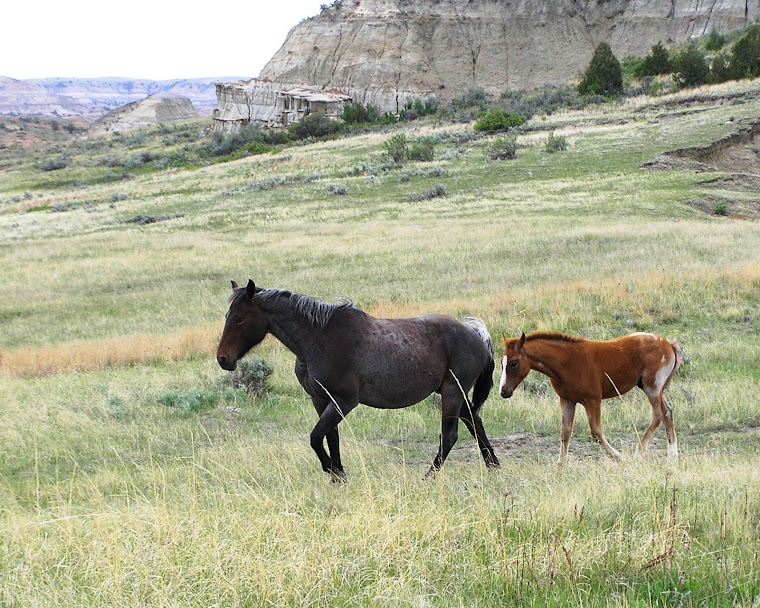
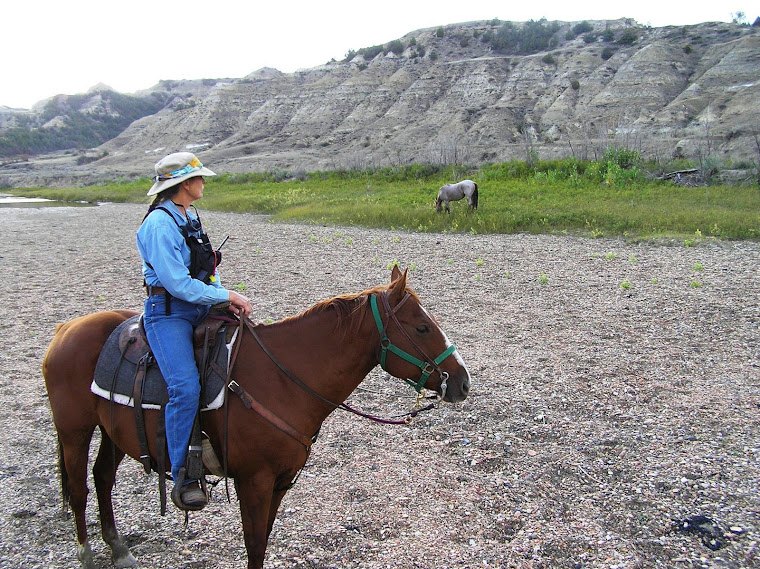
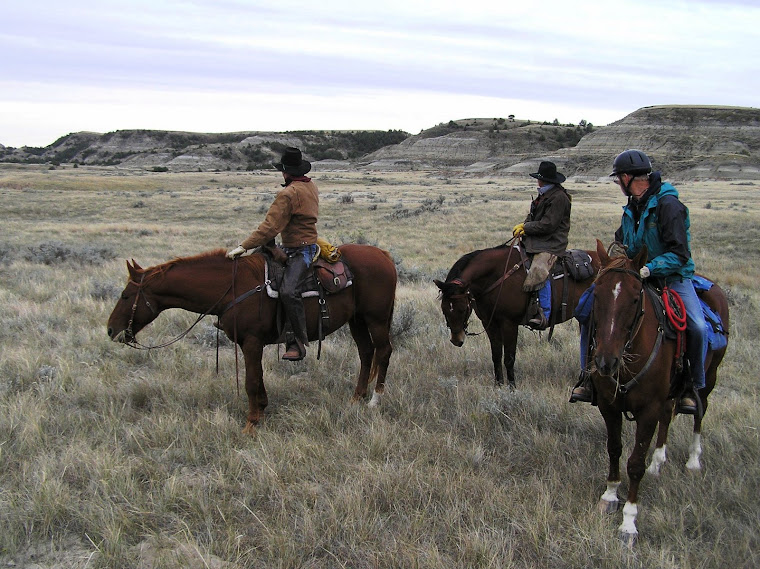
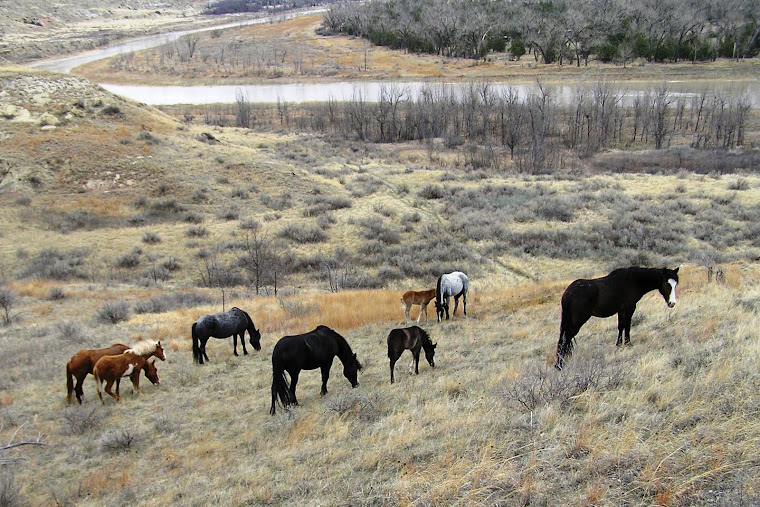
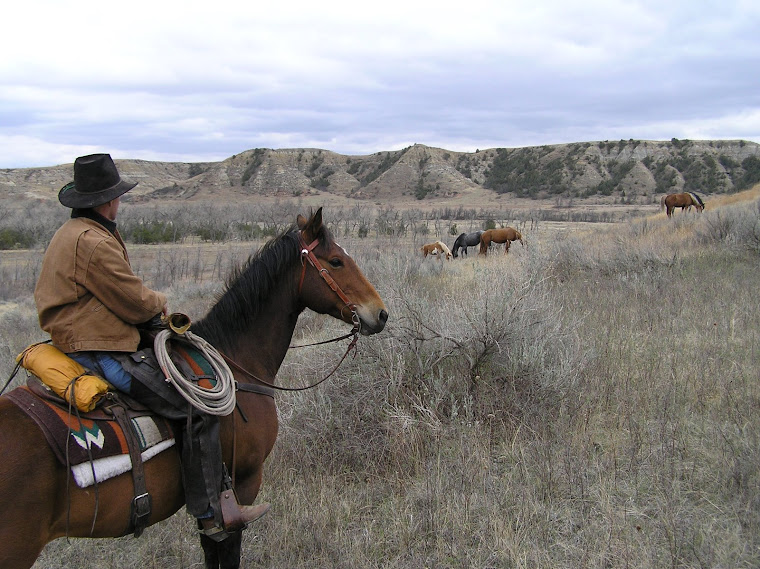

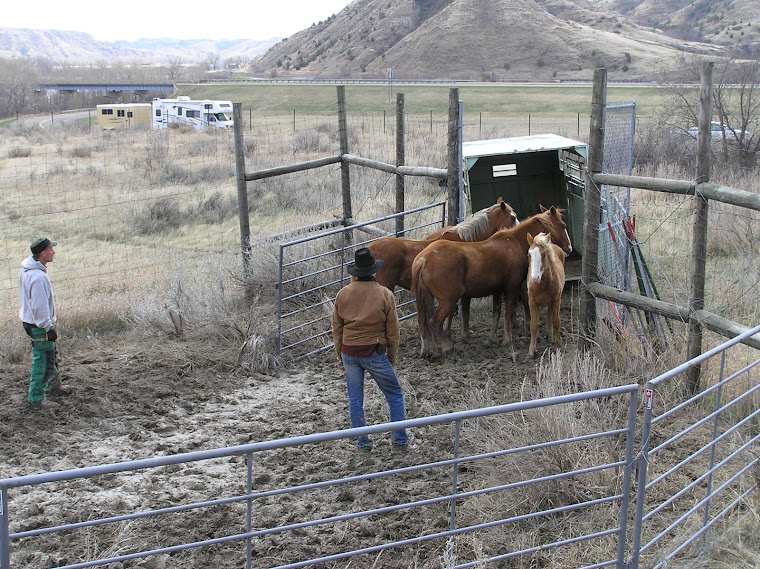
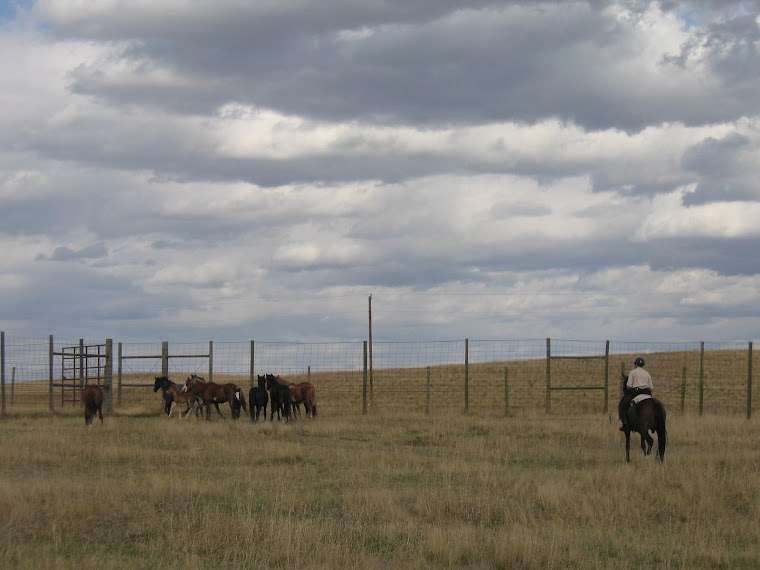
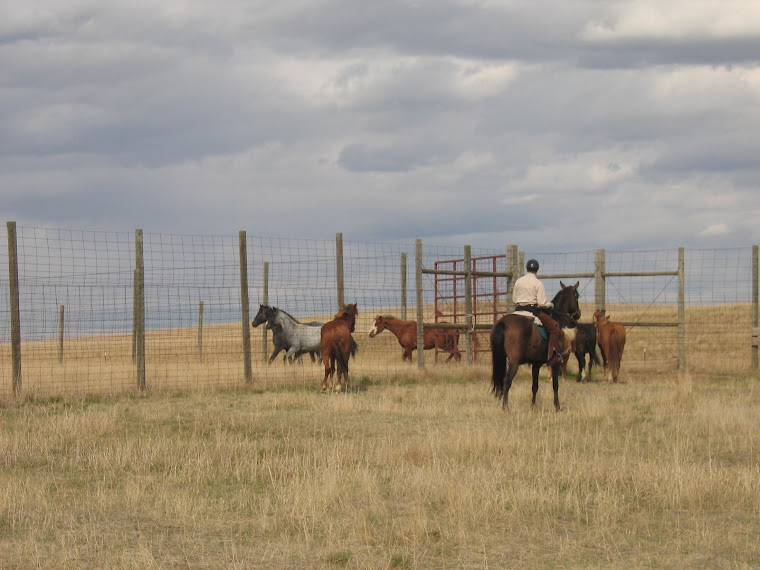
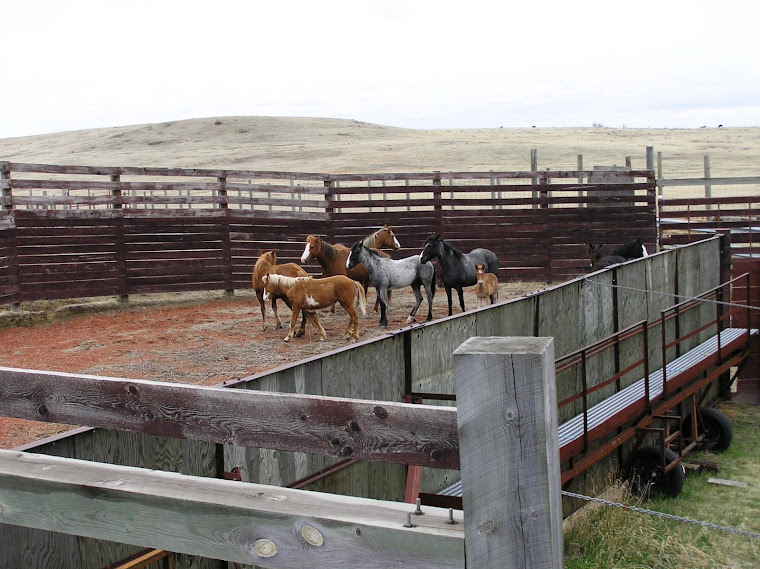


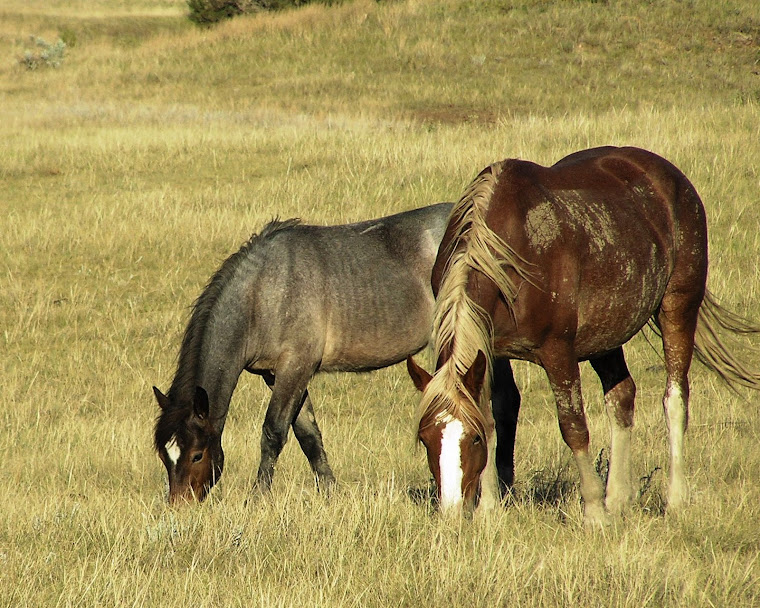

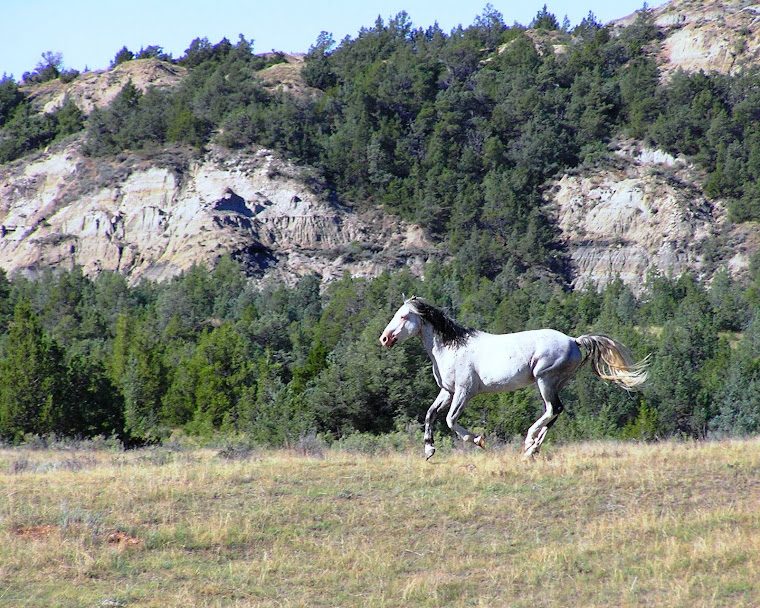
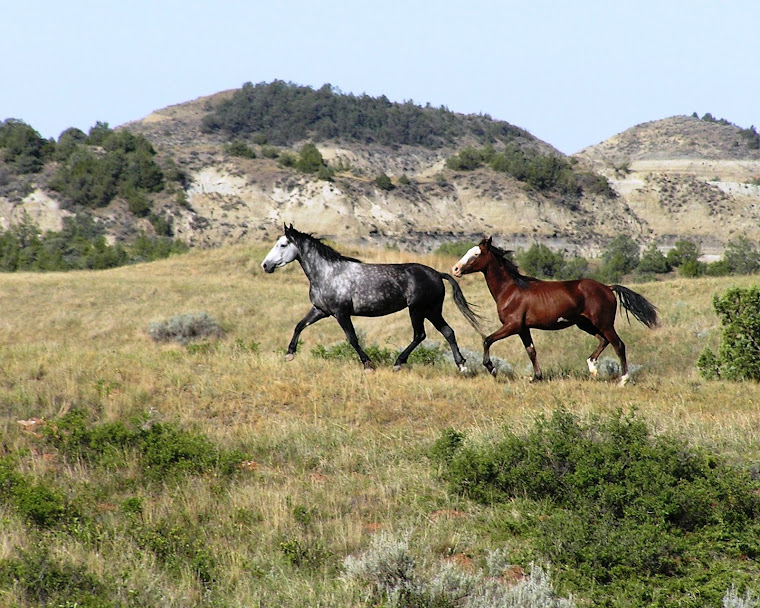
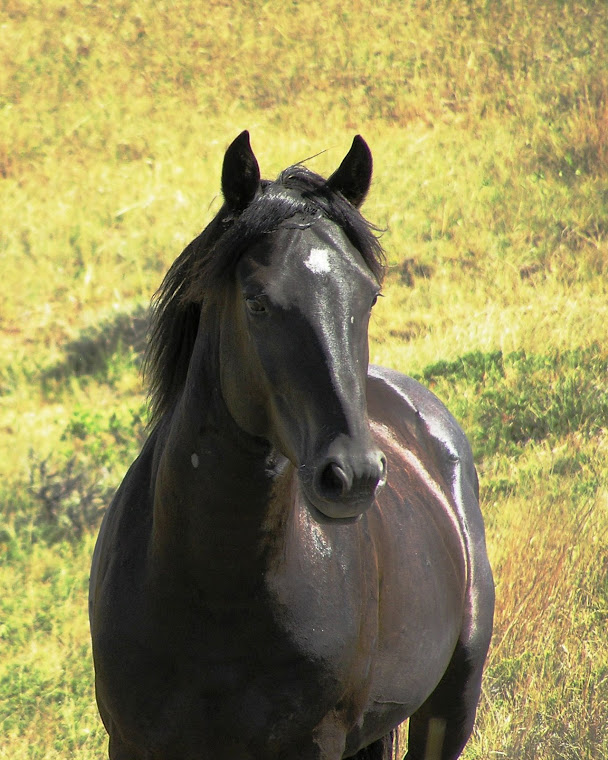

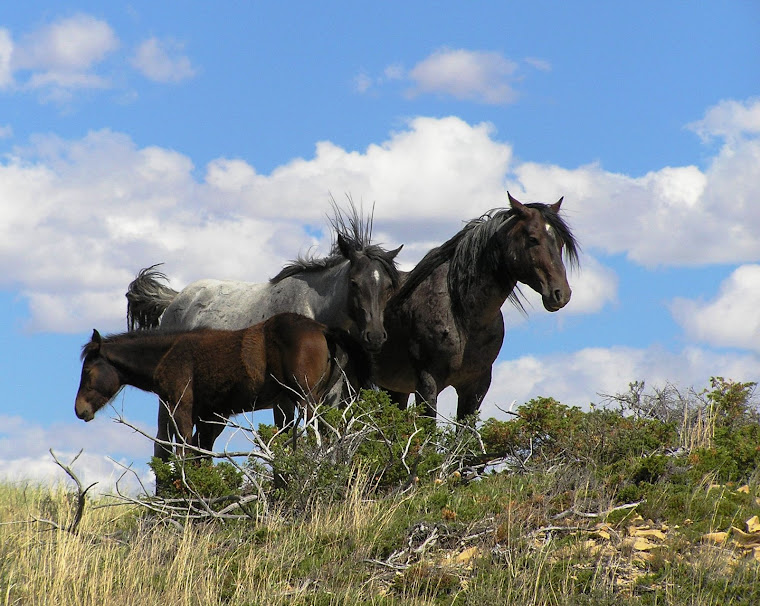



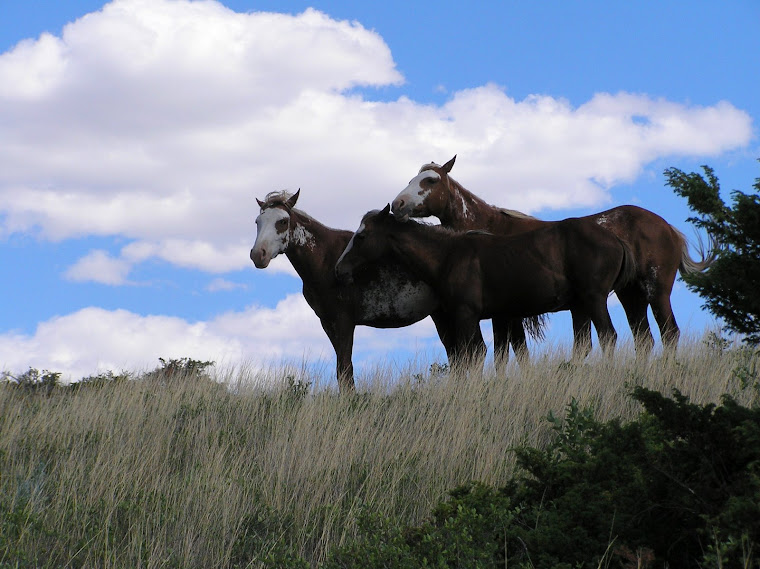


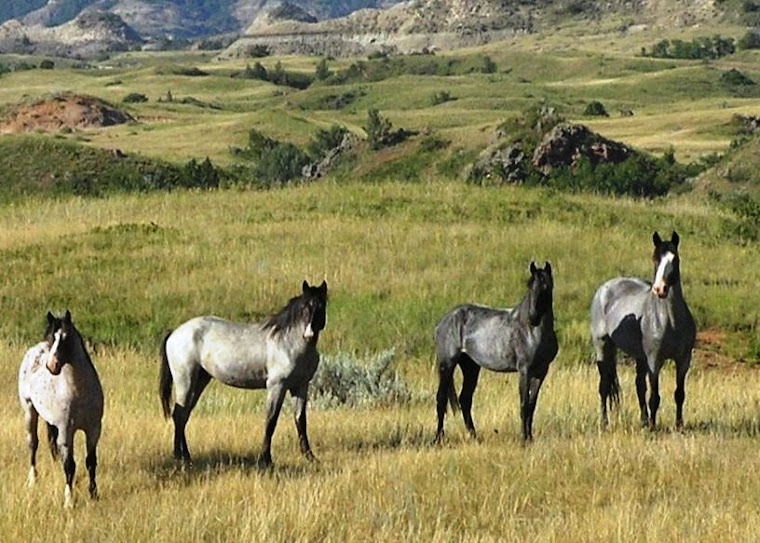

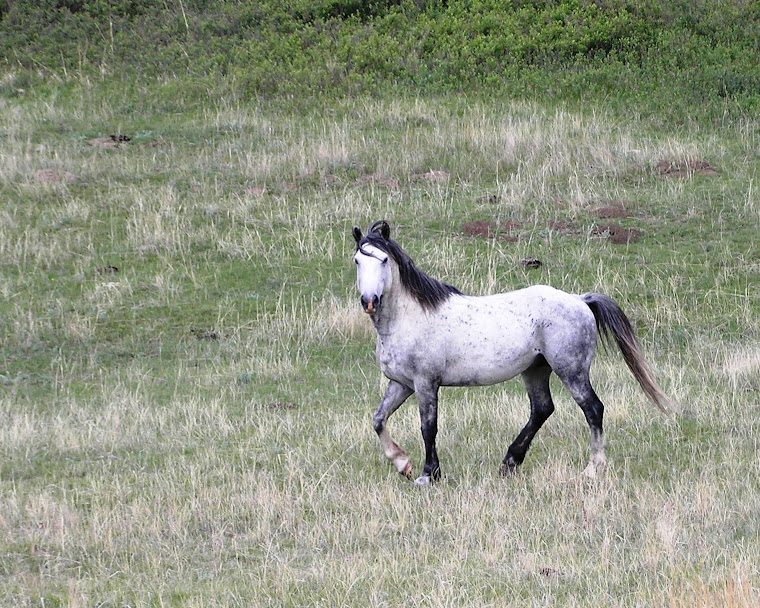

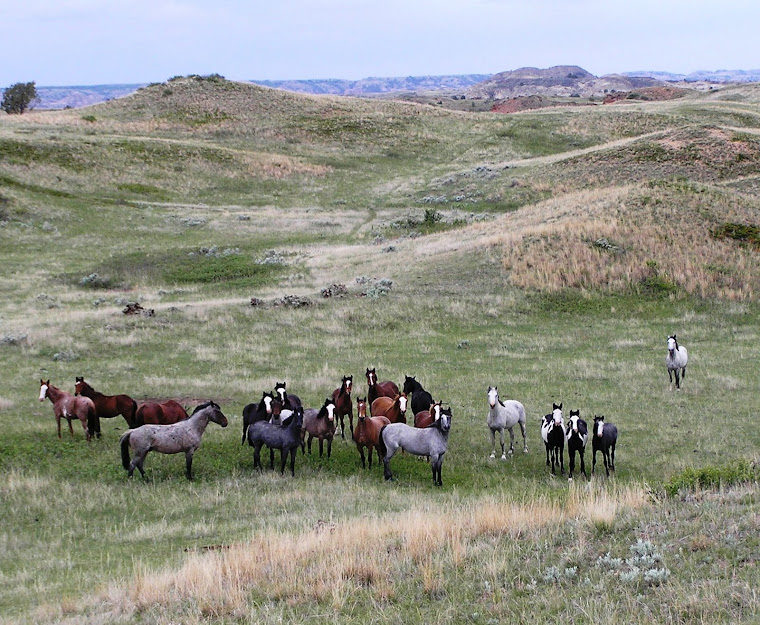
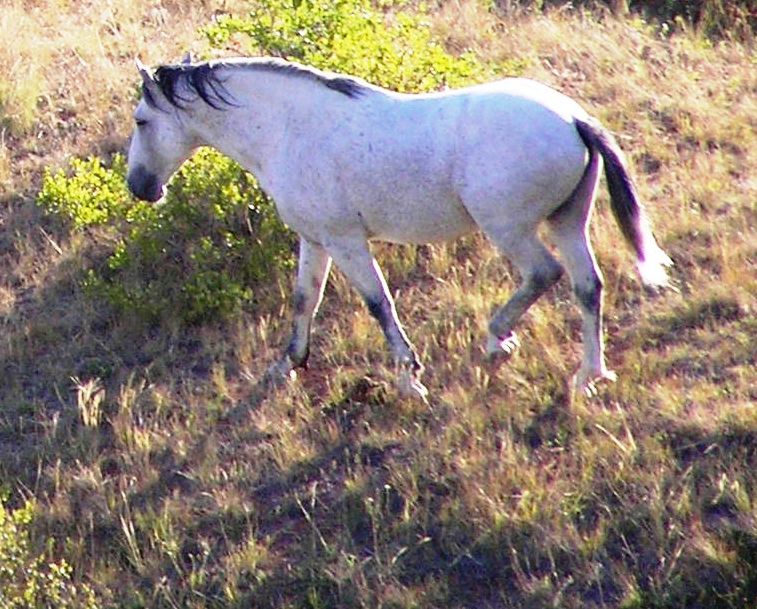

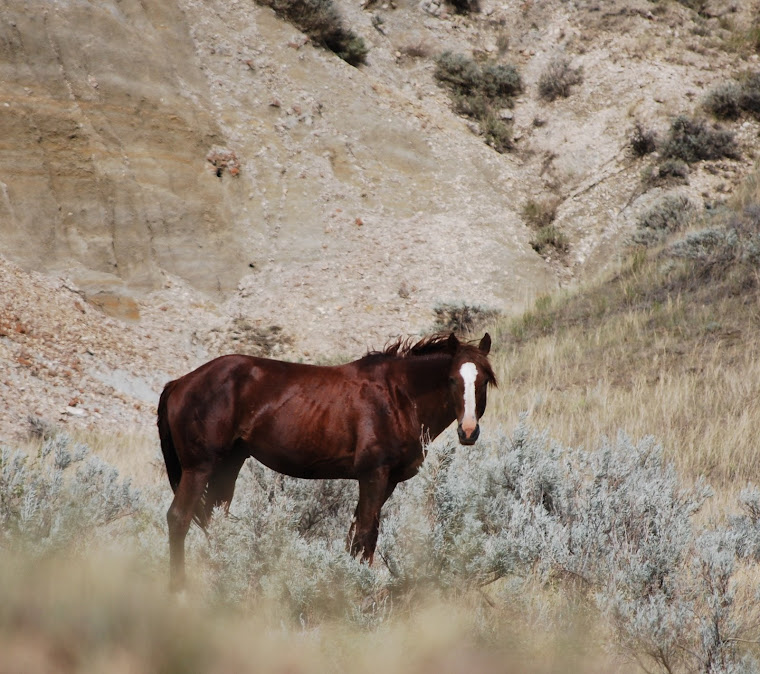

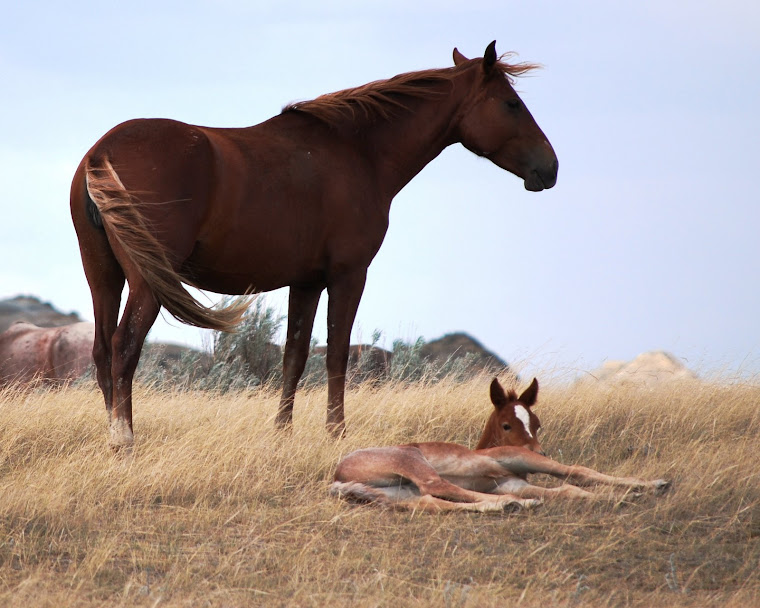
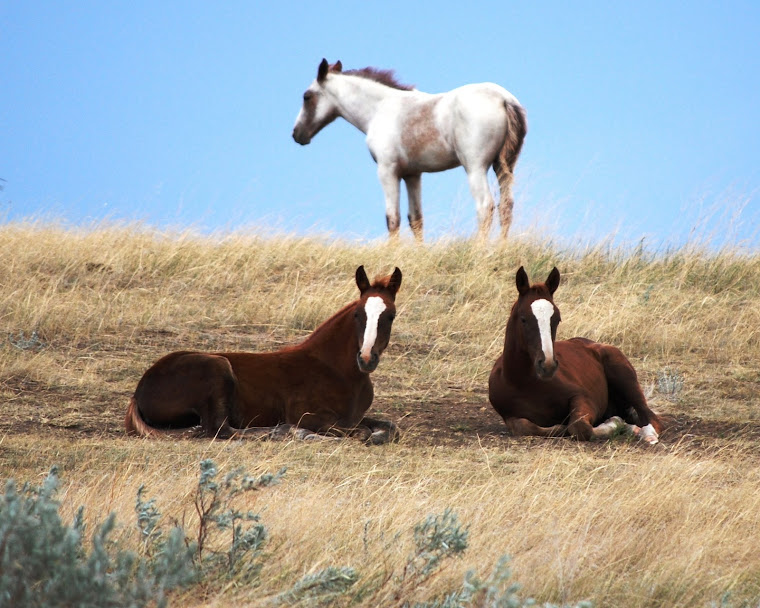
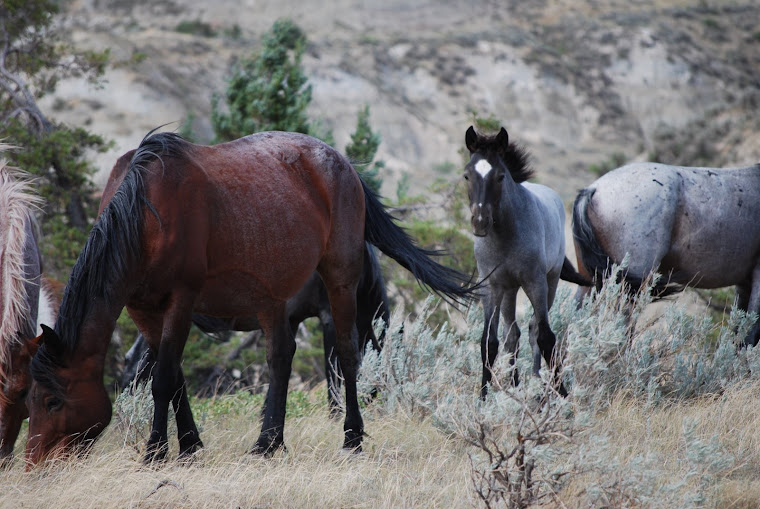

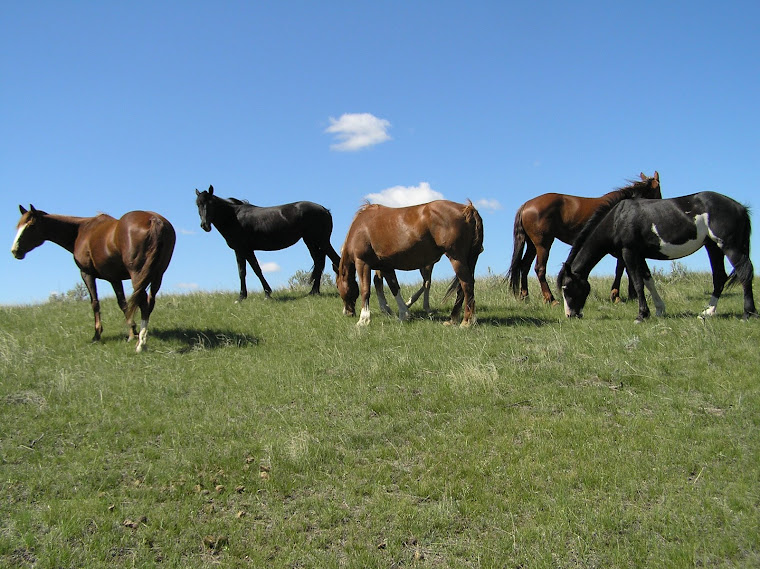
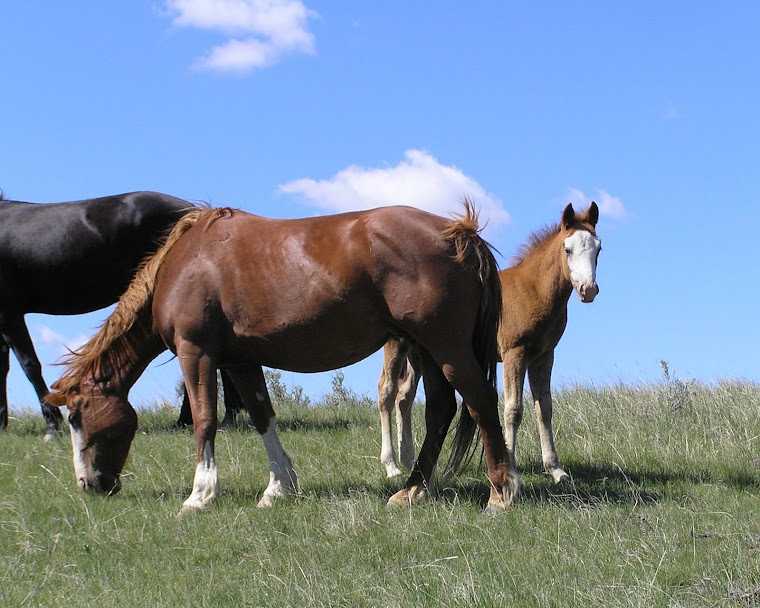

No comments:
Post a Comment